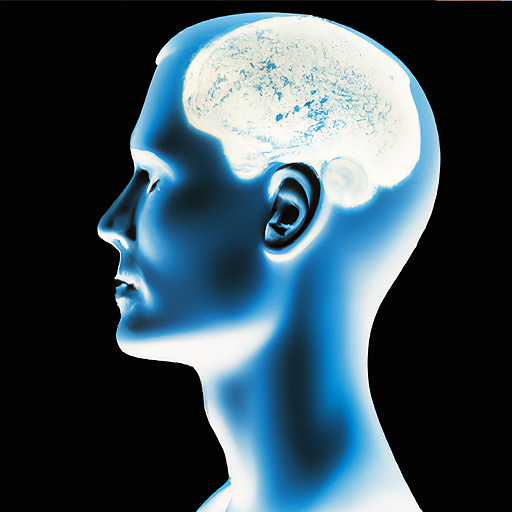Artificial intelligence (AI) encompasses several domains, each focusing on different aspects of intelligent systems. Here are some of the main domains of AI:
- Machine Learning (ML): ML is a subset of AI that deals with algorithms and statistical models enabling computers to learn and improve from experience without being explicitly programmed. It involves training models on large datasets to make predictions or decisions.
- Deep Learning (DL): DL is a subfield of ML that focuses on using neural networks with multiple layers to analyze and learn from complex patterns in data. Deep learning has achieved significant breakthroughs in areas such as image and speech recognition.
- Natural Language Processing (NLP): NLP involves the interaction between computers and human language. It includes tasks such as speech recognition, natural language understanding, language generation, and machine translation.
- Computer Vision (CV): CV is concerned with enabling computers to understand and interpret visual information from images or videos. It involves tasks such as object detection, image recognition, image segmentation, and scene understanding.
- Robotics: Robotics combines AI and engineering to create autonomous systems that can perceive and interact with the physical world. It involves developing robots capable of sensing, planning, and executing tasks in various environments.
- Expert Systems: Expert systems aim to replicate the decision-making abilities of human experts in specific domains. They use knowledge-based rules to provide solutions, recommendations, or diagnoses based on user input.
- Knowledge Representation and Reasoning: This domain focuses on representing and manipulating knowledge in a structured way to facilitate intelligent reasoning. It involves techniques such as ontologies, semantic networks, and logic-based reasoning.
- Planning and Scheduling: Planning and scheduling algorithms enable AI systems to generate sequences of actions or make decisions to achieve specific goals efficiently. It is particularly useful in domains with complex task dependencies and constraints.
- Machine Vision: Machine vision involves using computer vision techniques to enable machines to perceive and understand visual information, typically in industrial or manufacturing settings. It includes tasks such as quality control, defect detection, and object tracking.
- AI in Gaming: AI has made significant contributions to the field of gaming, including game playing agents, intelligent opponents, procedural content generation, and player behavior modeling.
These domains often overlap and interact with each other, and advancements in one domain can have implications in others. The interdisciplinary nature of AI allows for diverse applications across various industries and fields.

